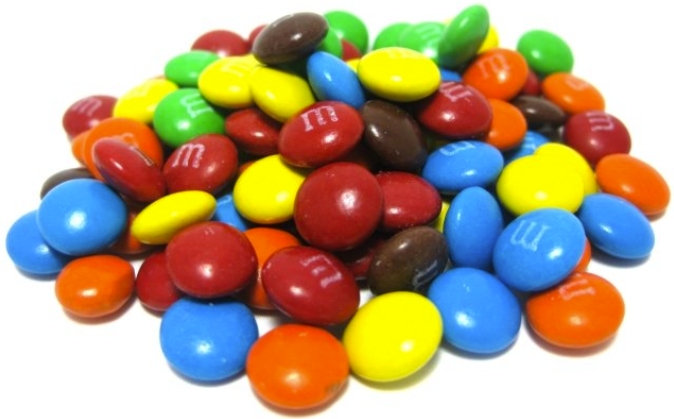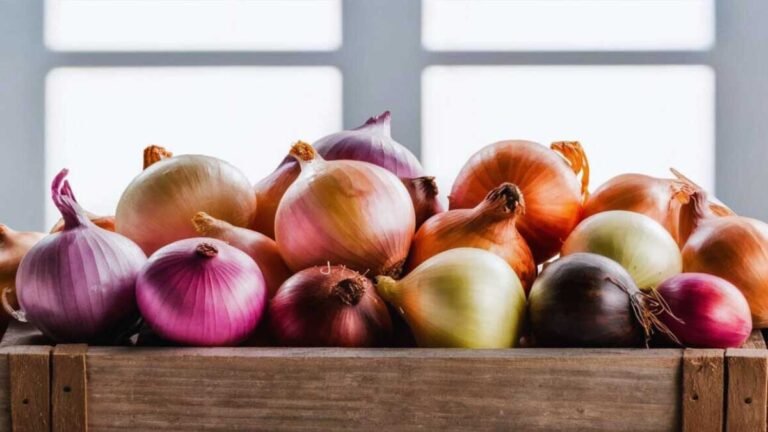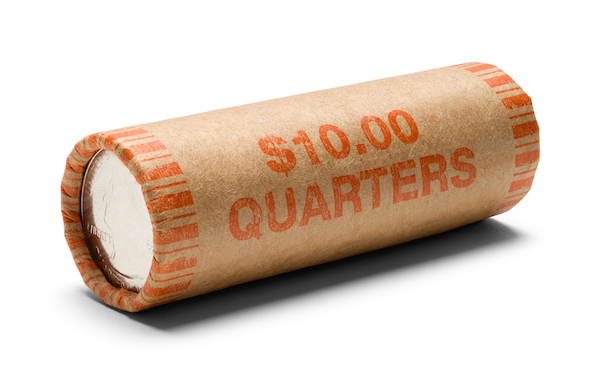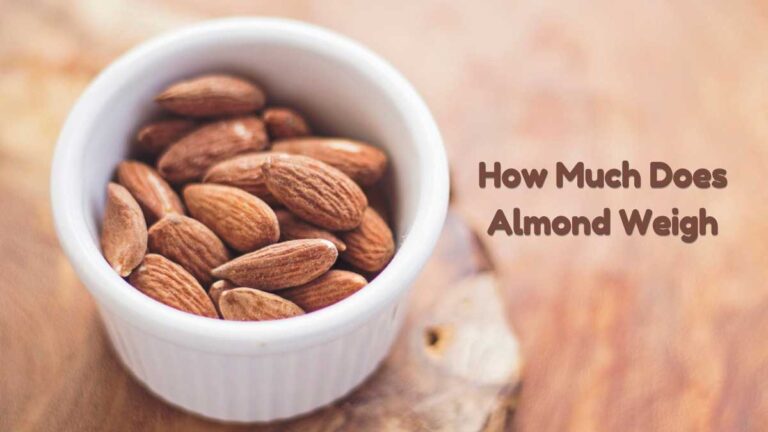Things That Weigh a Milligram: Everyday Examples Explained
When you think of weight, you might picture objects measured in grams or pounds. But what about when precision is key, and you need to measure something even smaller? Enter the milligram, a unit so tiny that it captures the weight of objects almost imperceptible to the naked eye. From the delicate feather of a bird to the minuscule lead of a pencil, milligrams are essential for measuring the nearly invisible.
Imagine trying to weigh a single piece of glitter or a fraction of a raindrop. These items are so light that even the slightest breeze could carry them away. Yet, they hold significance in fields like medicine, where doses of active ingredients are often measured in milligrams. Understanding what weighs a milligram not only satisfies curiosity but also highlights the precision required in various industries. Dive into this fascinating world of minute measurements and discover why the milligram is a crucial unit.
Key Takeaways
- Milligrams Measure Tiny Weights: The milligram is a critical unit for measuring extremely light objects, underscoring its significance in various fields like medicine and nature.
- Examples in Nature: Items like small feathers, pencil lead, and raindrops highlight how milligrams are used to detail lightweight phenomena naturally occurring around us.
- Biological Entities: Mosquitoes and pollen grains exemplify how biological elements rely on milligram measurements for understanding their ecological roles and impacts.
- Industrial and Commercial Applications: Precious materials, such as gold and gunpowder, are often measured in milligrams, emphasizing precision in high-value and reactive industries.
- Healthcare Precision: Milligram doses are essential in medicine to ensure correct dosages of medications, maintaining efficacy and safety for patient treatment.
- Everyday Relevance: Recognizing the milligram’s relevance in daily life enhances appreciation of its role in various applications, from writing tools to dietary needs.
Objects That Weigh a Milligram
In the realm of measurement, a milligram represents an incredibly small weight. Some everyday objects and natural phenomena surprisingly align with this diminutive measurement.
Small Feathers
Small feathers, often measuring around a milligram, serve as perfect examples of lightweight objects. Due to their delicate structure, even a portion of a feather registers this minute measurement. Historically, feathers have symbolized lightness, inspiring idioms and cultural beliefs.
Pencil Lead
The graphite core, commonly mistaken as lead, weighs about a milligram in a standard pencil. This fine balance of graphite and clay contributes to the pencil’s ability to produce varying shades. Pencils have evolved significantly over time, yet the weight of the graphite remains consistently light.
Raindrops
Tiny raindrops may only weigh a few milligrams, with even a fraction reaching the milligram mark. While the largest storm-created raindrops can weigh up to 300 milligrams, those in a light drizzle exhibit significantly lower weights. Factors like condensation nuclei and coalescence rates influence the size and weight of these droplets.
Biology and Nature
The milligram serves as a useful measure in biology and nature, highlighting minuscule yet significant entities. Understanding these lightweight elements enhances our appreciation of the world’s intricate details.
Mosquitoes
Mosquitoes rank among the lightest animals, with some smaller species weighing approximately 2.5 milligrams. If you imagine slicing one in half, each part weighs around a milligram. Despite their small size, mosquitoes have an outsized impact as they spread numerous deadly diseases, making them the deadliest animals on the planet.
Pollen Grains
Pollen grains typify extremely light biological entities, with weights varying based on plant species. These grains are light enough that they’re effortlessly carried by the wind for pollination. Such small masses highlight nature’s efficiency and precision in reproduction and ecological balance.
Everyday Items
Understanding the weight of small objects can help you appreciate the role milligrams play in your everyday life. These examples illustrate the breadth of items you might not realize weigh around one milligram.
Small Feathers
A single small feather can weigh approximately one milligram. Though delicate, feathers provide critical protection and insulation for birds, demonstrating nature’s efficiency in lightweight design.
Pencil Lead
The lead of a pencil weighs about one milligram. This example highlights the remarkable precision with which manufacturers create everyday tools for writing and art.
Raindrops
A fraction of a small raindrop can weigh as little as one milligram. This demonstrates the fine detail in natural processes and the atmospheric conditions that create varying raindrop sizes.
Gold
Gold, a precious metal, can be precisely measured in milligrams. It’s significant in industries where even a milligram constitutes substantial value due to gold’s profitability and rarity.
Gunpowder
Gunpowder, despite typically being measured in grains, can also be measured as milligrams. Even small amounts play essential roles in various pyrotechnic and ballistic applications.
Mosquitoes
Half of a small mosquito weighs roughly one milligram. Despite their small size, mosquitoes have a significant impact on ecosystems and human health as vectors for disease.
Medication Doses
Many medications, like acetaminophen, are prescribed in milligram doses to ensure efficacy and safety. Acetaminophen typically ranges from 500 mg to 1000 mg per dose, depending on symptoms and prescriptions.
Vitamins and Minerals
Vitamins and minerals are often dosed in milligrams to meet the body’s nutritional needs without exceeding recommended limits. Understanding these doses supports balanced dietary intake.
Chemistry and Elements
In the fascinating world of chemistry and elements, precision reigns supreme. When dealing with valuable substances or reactive compounds, measurement accuracy becomes essential.
Gold
Gold is frequently measured in milligrams due to its high value. A milligram equates to just 1/200th of a carat, accentuating gold’s precious nature. Imagine how such a small quantity holds significant worth and can be critical in creating high-quality jewelry or precise electronic components. In industries relying on gold, from electronics to luxury goods, milligram-level precision ensures both fiscal responsibility and product excellence.
Gunpowder
Gunpowder demonstrates the impressive potency contained in minuscule amounts. While typically measured in grains, such as five grains equaling roughly 320 milligrams, milligrams offer an alternate measurement unit. This highlights its explosive power and the precision needed in applications like firearms and pyrotechnics. A single milligram could contribute to the difference in performance and safety, making accurate measurement indispensable in development and application.
Rarity of Milligram Weights
Understanding the rarity of objects that weigh a milligram enhances your appreciation of precision and delicacy in measurements. A milligram, being one-thousandth of a gram, is almost imperceptible to the naked eye, emphasizing its scarcity in everyday contexts.
Unique Examples:
- Small Feathers: These tiny components of animal biology weigh around a milligram, reflecting their lightweight structure critical for flight and insulation.
- Pencil Lead: A small segment of pencil lead, essential for precise writing, typically weighs about a milligram, showcasing the thinness required for detailed work.
- Raindrops: Light raindrops during a drizzle can weigh approximately a milligram, illustrating their minuscule size compared to larger drops.
- Medication Doses: In medicine, certain doses are precisely measured in milligrams to ensure efficacy and safety.
- Gold: Milligram measurements of gold, equivalent to 1/200th of a carat, highlight its value and the need for exactness in trade and crafting.
| Item | Approximate Weight in Milligrams |
|---|---|
| Small Feather | 1 |
| Pencil Lead | 1 |
| Raindrop (smallest) | 1 |
| Dose of Medication | Varied, often around 1 |
| Gold Piece | 1 (1/200th of a carat) |
Consider how these tiny weights serve significant roles in various fields, from biology to commerce. Their precise measurements are crucial in industries where even the slightest deviation can lead to substantial differences in results and quality. Recognizing this rarity gives you insight into the meticulous nature of scientific and industrial processes.
Conclusion
Understanding the weight of a milligram opens up a world of precision and appreciation for the intricacies of both natural and human-made environments. From the delicate balance required in medical dosages to the meticulous crafting of fine jewelry, the significance of milligrams is undeniable. As you encounter everyday objects or delve into specialized fields, recognizing the importance of these tiny weights enhances your awareness of the unseen details that influence larger systems. Embracing the concept of milligrams not only enriches your knowledge but also deepens your appreciation for the precision that governs various aspects of life and industry.







